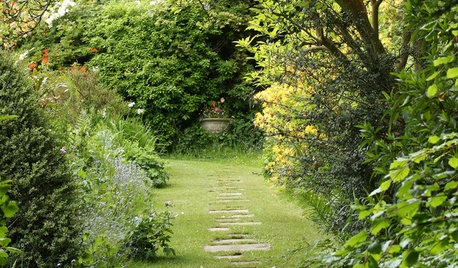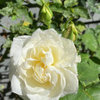Organic ways to control mildew, blackspots, and rust
strawchicago z5
10 years ago
Featured Answer
Sort by:Oldest
Comments (9)
henry_kuska
10 years agolast modified: 9 years agostrawchicago z5
10 years agolast modified: 9 years agoRelated Professionals
Baltimore Landscape Architects & Landscape Designers · Marina Landscape Architects & Landscape Designers · Wareham Landscape Architects & Landscape Designers · Wilmington Landscape Contractors · Chesapeake Ranch Estates Landscape Contractors · Fort Atkinson Landscape Contractors · Fort Mill Landscape Contractors · Galt Landscape Contractors · Goodlettsville Landscape Contractors · North Potomac Landscape Contractors · Paso Robles Landscape Contractors · Pleasant Prairie Landscape Contractors · Point Pleasant Landscape Contractors · River Ridge Landscape Contractors · Smyrna Landscape Contractorsstrawchicago z5
10 years agolast modified: 9 years agostrawchicago z5
10 years agolast modified: 9 years agostrawchicago z5
10 years agolast modified: 9 years agostrawchicago z5
10 years agolast modified: 9 years agostrawchicago z5
10 years agolast modified: 9 years agostrawchicago z5
10 years agolast modified: 9 years ago
Related Stories

HOUSEKEEPING7-Day Plan: Get a Spotless, Beautifully Organized Garage
Stop fearing that dirty dumping ground and start using it as the streamlined garage you’ve been wanting
Full Story
PRODUCT PICKSGuest Picks: 20 Fun Ways to Store Bath Toys
Keep bathroom clutter in check with kid-friendly containers, pouches and shelves for bath-time playthings
Full Story
HEALTHY HOME18 Ways to Allergy-Proof Your Home
If you're itching to reduce allergy symptoms, this mini guide to reducing allergens around the house can help
Full Story
GARDENING GUIDESNew Ways to Think About All That Mulch in the Garden
Before you go making a mountain out of a mulch hill, learn the facts about what your plants and soil really want
Full Story
BATHROOM WORKBOOK5 Ways With a 5-by-8-Foot Bathroom
Look to these bathroom makeovers to learn about budgets, special features, splurges, bargains and more
Full Story
STORAGE15 Fun Organizing Ideas for Fashionistas
Give your clothes, shoes and accessories the home they deserve with these strategies for posh storage and display
Full Story
BUDGET DECORATING12 Ways to Get the Industrial Look for Less
Shop surplus, raid the hardware store and press black paint into service. Your budget will warm to these ideas for cool industrial style
Full Story
LAUNDRY ROOMSClever Ways to Hide a Laundry Station
When you don’t have a whole room to devote to the wash, use these solutions to tuck the machines out of view
Full Story
GARDENING GUIDES3 Easy Ways You Can Garden for Nature
Your choice of plants can help wildlife while cleaning the air and water
Full Story
MONTHLY HOME CHECKLISTSAugust Checklist for a Smooth-Running Home
Sniff out mildew, ramp up home security and get down to other tasks before summer is over and out
Full Story











seaweed0212